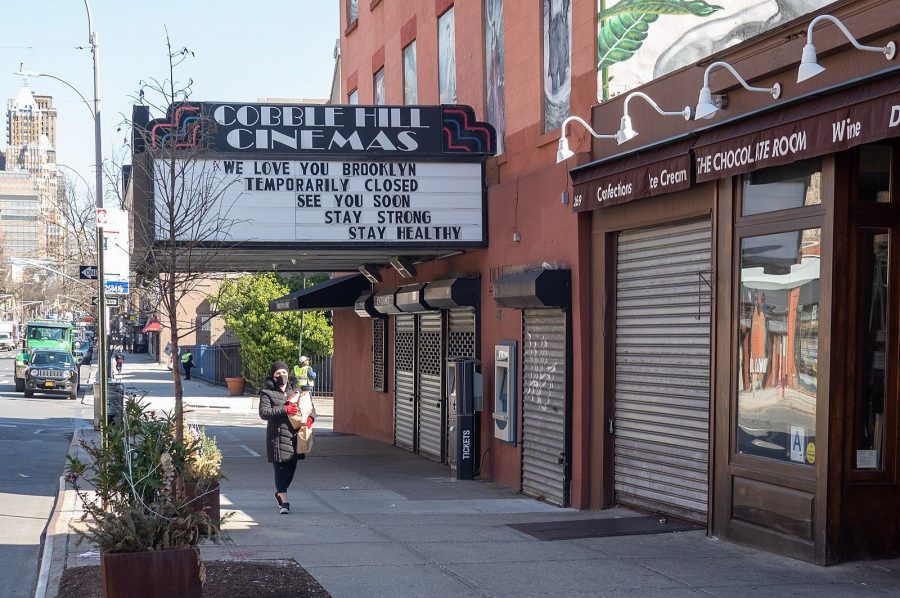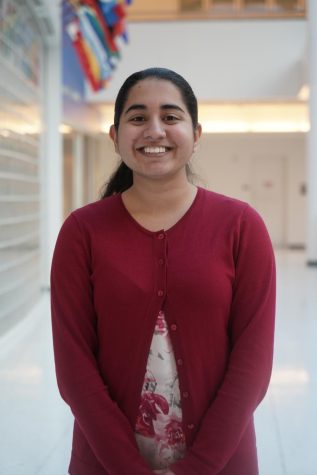New study finds South Asian New Yorkers are disproportionately affected by the COVID-19 pandemic
February 6, 2021
Research indicates that Black and Hispanic New Yorkers have bared the brunt of the coronavirus, in terms of infections, deaths and economic indicators like unemployment. One overlooked group, however, found in a December study to be among the hardest hit by the pandemic was the South Asian community.
“At 30.8 percent, South Asian Americans had the second-highest rate of test positivity, after Hispanics, and at 54.7 percent, had the second-highest rate of Covid-19 hospitalizations, after Black people, between March and May,” according to the study.
In the study published on MedRx, a website owned by Yale University, The BMJ, a peer-reviewed medical journal and Cold Spring Harbor Laboratory, researchers focused on patients in the New York City Health and Hospitals system, which is “the largest public health care system in the United States.”
They then utilized “last name databases and language information to disaggregate, or separate data, about the city’s two largest Asian American subgroups, South Asian and Chinese.” The COVID-19 study is the only one so far to desegregate the Asian American category, allowing South Asians to finally be acknowledged.
The study also revealed that data placing Black New Yorkers behind New York’s Hispanic population in testing positive for the coronavirus is incorrect.
This begs the question then as to how such a deadly error could be made. The answer, as many South Asians know, South Asians fall under the Asian demographic and are then forgotten. The public tends to consider the broad category of Asian to only include East Asians, like those from China or Japan, and then ignore the other South Asian countries like Pakistan or Bangladesh.
At the start of the pandemic, South Asian leaders in New York spoke out about this issue and how it could affect the community as the Asian death toll as a whole was reportedly the lowest in New York.
Annetta Seecharran, executive director of Chhaya, a nonprofit representing South Asians and Indo-Caribbeans, expressed that there “is no breakdown by ethnicity within the expansive ‘Asian’ category, which represents people from dozens of countries in the world’s largest continent,” according to NBC News.
“This has been one of my biggest concerns: that the community is not being counted,” said Seecharran. “Both in terms of deaths and in terms of infection rates,” reported The City.
Her concerns voiced in April unfortunately proved to be prophetic.
On Sept. 30, South Asian Americans Leading Together published a report regarding South Asians during the pandemic.
The nonprofit that fights for racial and ethnic equality indicated that “data on COVID-19 cases, hospitalizations, and deaths are currently incomplete as statistics are under counted in South Asian American communities, often labeled as ‘other Asian’ or ‘unknown’ race categories.”
For these reasons, ten months after lockdowns started in March 2020, the public is now only discovering the extent to which the South Asian community is being impacted. The delay to provide COVID-19 prevention documents and aid to South Asian Americans has proved to be deadly.
SAALT reported that South Asians “are four times more likely than the general population of having heart disease or diabetes,” which leaves many at a greater risk of dying from the coronavirus.
It also indicated that South Asians face “multi-generational housing, lack of language accessible public health materials and government resources, and insufficient protections based on employment or immigration status.”
Hence, with crowded homes and some jobs incapable of being transferred to an online format, South Asians are left more susceptible to the virus as well as financial and food insecurity.
Many South Asians have “low paid and temporary jobs, including in the informal sector, and little to no savings. The pandemic disproportionately impacts these communities but there has been little media coverage, ” according to the South Asian Public Health Association.
SAPHA raises the point that while other minority groups continue to receive press coverage for how the pandemic has negatively impacted them, South Asians are among the communities not discussed. In fact, a quick Google search reveals that only a few articles have been written in regard to how they are impacted.
If that in itself is not enough to prove how South Asians have been left behind during the pandemic in terms of research and aid, New York’s public hospital system announced it will now translate COVID-19 information into additional Asian languages, including Hindi, Mandarin and Cantonese. Up until December, however, they were only available in the Asian languages of Chinese, Vietnamese and Korean, which are not South Asian languages.
“I hope Covid teaches us all a lesson about how communities that are left out might be untreated, and how we might never be able to get over Covid if we leave people out from vaccination programs and screening programs,” Jeffrey B. Caballero, executive director of the Association of Asian Pacific Community Health Organizations, said.
The study from MedRx may be the first study concerning South Asians and COVID-19, but it simply cannot be the last.
“We are likely missing comparable or greater disparities in the Covid outcomes studies among Vietnamese, Korean and Japanese populations, as well as Southeast Asian communities,” Arnab Mukherjea, an associate professor of health sciences at California State University, East Bay, said.








